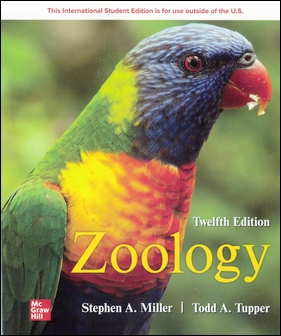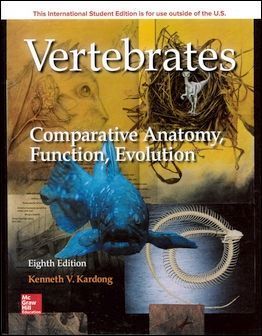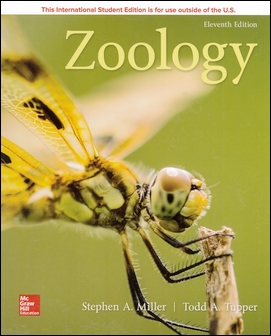書籍分類

Zoology 12/e
作者:Stephen A. Miller, Todd A. Tupper
原價:NT$ 1,780
內容介紹 目錄 作者介紹
- Description
The 12th edition of Zoology continues to offer students an introductory general zoology text that is manageable in size and adaptable to a variety of course formats. It is a principles-oriented text written for the non-majors or the combined course, presented at the freshman and sophomore level.






